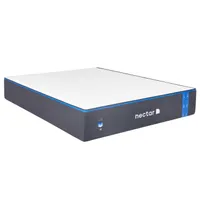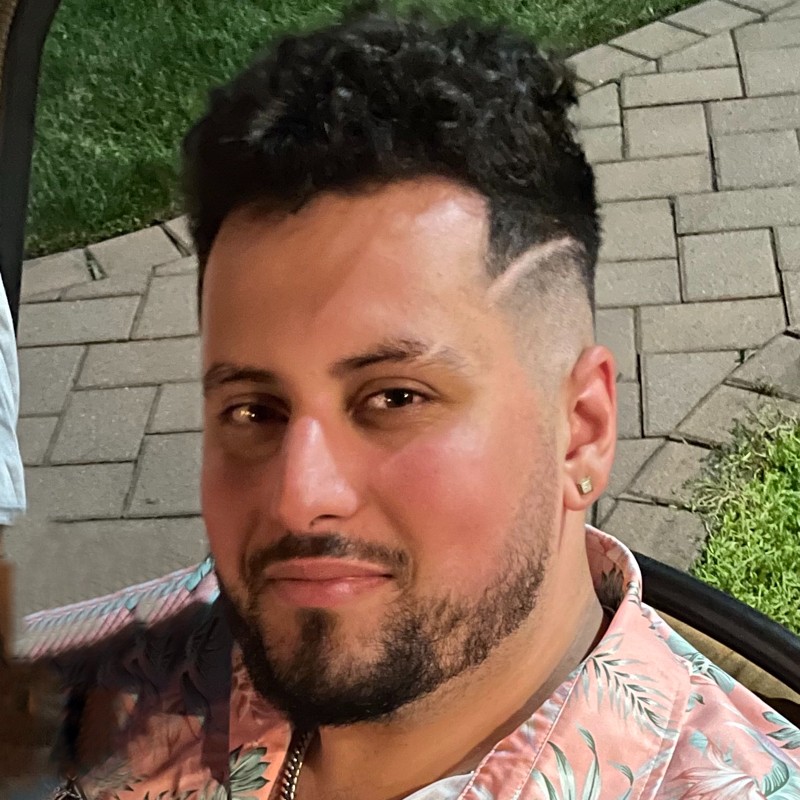A smart thermostat could be your secret weapon to falling asleep fast — here’s why
Automated climate controls keep you comfortable and promote rest

The best smart thermostats can help you optimize your bedroom for a deeper, more comfortable sleep. Once you're cozy under the covers you can simply use your phone or voice commands with a smart speaker to control and adjust the temperature. This helps you avoid sweating from heat between the sheets or worse wake you up shivering because your room is too cold during the winter.
To take things to the next level you can even set up schedules and automations to have your smart thermostat tweak itself as your head hits the pillow. Here are some ways to use a smart thermostat to optimize your bedroom in a way that promotes rest and helps you stay asleep so that you wake up feeling recharged and ready to go.
Nectar Mattress: from $349 at Nectar Sleep
During Sleep Awareness Week, you can save up to 40% on a range of memory foam and hybrid mattresses at Nectar Sleep. We rate the Nectar Memory Foam as the best mattress for most sleepers with a smaller budget seeking a breathable and supportive all-foam bed to relieve pressure on joints, reducing aches and pains. A queen is now reduced to $649, with a lifetime warranty and a year's sleep trial.
Pre-sleep cooling
Prepare your body for sleep by gradually lowering the temperatures in your home at nighttime. Customize your smart thermostat's cooling schedule to 65 degrees (or even lower if you prefer) around one hour before bed. Next, set your temperatures to rise as you wake up in the AM. This will sync your climate with your body's natural sleep-wake cycle to help you easily get in and out of bed.
Stay cozy in bed with remote or voice controls
You can perform your nighttime routine and then comfortably hop into bed without worrying about getting up to adjust temperatures. Simply use your phone app or connect your smart thermostat to a smart speaker or display to use voice commands to control it. This lets you destress and lets your muscles rest so you can drift off.
Control and reduce allergens
Smart thermostats with an air quality sensor can measure pollutants in your bedroom. They can then automatically run programs to filter out and reduce contaminants to create a cleaner and healthier sleep environment. Breathe easier without sucking in dust so you can focus on staying asleep rather than coughing your brains out before bed.

Regulate humidity
Humidity controls can help you keep your room from being excessively dry or damp. You can fall asleep much faster in a well-optimized environment that won't leave you sweating or waking up with a bloody nose. The ideal humidity for sleep is between 40 and 60% so try to make 50% your target.
Energy efficiency saves money
You can rest much easier at night knowing a smart thermostat not only makes your home more convenient but also saves you money. Schedule your smart thermostat to turn off your HVAC system while you're out of the bedroom and reactivate it when you're back to lower your smart home's energy usage. If you have a more expensive model with an occupancy sensor you don't need to schedule it as it will learn when you come and go. This automatically makes the space more comfortable while you're actively in it and winds it down when you're away.
Get instant access to breaking news, the hottest reviews, great deals and helpful tips.
More from Tom's Guide
- I'm using this cheap device to supercharge my smart home
- I swapped my motion sensor for this Echo Dot
- How to Create an Alexa Smart Home Routine
Hunter Fenollol was a Senior Editor for Tom’s Guide. He specializes in smart home gadgets and appliances. Prior to joining the team, Hunter reviewed computers, wearables, and mixed reality gear for publications that include CNN Underscored, Popular Mechanics, and Laptop Magazine. When he’s not testing out the latest cooking gadgets, you can likely find him playing a round of golf or out with friends feeding his paycheck to a QuickHit slot machine.
Hunter started his career as an intern at Tom’s Guide back in 2019 while in college. He graduated from Long Island University Post with a degree in Communications and minor in Advertising. He has been vlogging ever since the iPhone 4 took front-facing cameras mainstream.


